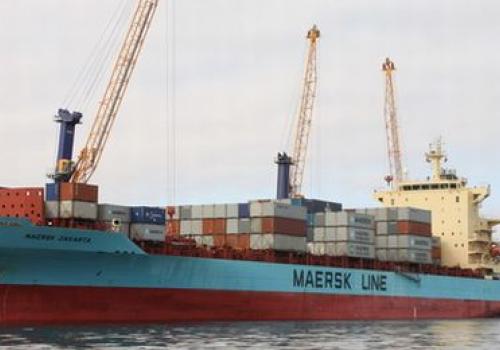Target
The second SADC Integration Milestone is the establishment of a SADC Customs Union.
A Customs Union is where a group of countries that have established a free trade area agree on common external tariffs and a common external trade policy. Driven by the need to increase trade and economic development in the region, this milestone is focused on trade and financial liberalisation, competitive and diversified industrial development and increased investment in the region. All of these elements pave the way towards the next step in the Regional Indicative Strategic Development Plan implementation framework for the Integration Milestones - a SADC Common Market.
The target date for establishment of a Customs Union included in the Regional Indicative Strategic Development Plan was 2010.
Results
Due to capacity constraints within the SADC Secretariat the implementation of the Regional Indicative Strategic Development Plan started late, meaning this milestone has not yet been attained. However, it is anticipated that that the establishment of the SADC Customs Union will be reached by 2013.
These delays in the implementation of the SADC Customs Union mean that following steps in the chain of integration milestones will be delayed, including the SADC Common Market and Monetary Union.
Impact
Even though the SADC Customs Union has not yet been established, it is possible to point to other regional examples to show the impacts of cooperation on customs and trade:
Sugar Agreement
The SADC Protocol on Trade includes special agreements for products or industries from the region that are 'sensitive' to external market forces, including artificially low market prices. The Sugar Agreement (Annex VII) includes measures intended to increase co-operation and support for regional sugar producers.
Support for Southern African sugar producers came in the form of preferential access to the Southern African Customs Union (SACU), which is made up of Botswana, Lesotho, Namibia, South Africa and Swaziland. SADC Member States with a sugar surplus are allowed to export an agreed portion of that surplus sugar to SACU member countries without paying any customs duty (duty-free). The amount of sugar each SADC Member State may export to SACU is proportional to the Member State’s share of the total SADC sugar surplus.
Challenges
The proposed transition from the SADC Free Trade Area to a SADC Customs Union presents a number of challenges that may hinder progress. The first major challenge is the establishment of a single Common External Tariff (sometimes referred to as a CET), which is complicated by the fact that within SADC there are currently 11 individual tariff policies that will need to converge into a single and uniform tariff regime. This will be a complex process to negotiate.

